Introduction
The performance of an industrial floor and - pavement is of crucial importance for each company. Surface damage, cracks, broken joint edges, dust, settlements, etc. can result in an uncomfortable use and damages of transportation equipment and thus unacceptable interruption of the complex processes taken place in a company or on a pavement (industry, airport, harbour, etc.). In the food industry and with the so-called fluid tight constructions are not only the requirements of the user of importance but as well the requirements from the authorities. In the rehabilitation or renovation from industrial floors and - pavements the factor time is often the most important key factor. Shutdown time must be minimized since every stagnation in the complex process of production, transport and storage will have immediately great financial consequences for the stakeholders. The choice for a rehabilitation system for industrial floors and - pavements will be mainly based on two factors: the necessary shut down time and the expected service life of the new topping or overlay. Ultra High Performance Concrete (UHPC) toppings or overlays have several important advantages compared to other materials. The advantages come into play particularly in the case of industrial flooring and - paving and in the rehabilitation of constructions. The application of toppings and overlays is still difficult, failure and success are depending on factors as quality of the subbase, bonding, placing conditions, and curing and, last but not least, the properties of the UHPC. In rehabilitation projects other factors are also of main importance especially the local circumstances and the parameters from the subbase with regards to strength, quality, cracks, pollution, etc. Many times, the contractor is confronted with problems after the preparation of the existing base and than under pressure of the strict time schedule a good technical solution must be found. This requires a lot of technical and practical improvisation talent since the interests and financial consequences for the stakeholders can be very large. Each hour shutdown of a warehouse floor, a steel factory, a harbor pavement, or a bridge is, in many ways, very expensive. Between the contractor and the other parties involved such as the client, the consultant and the suppliers, a good collaboration is necessary to solve these flooring or pavement problems under the pressure of time.
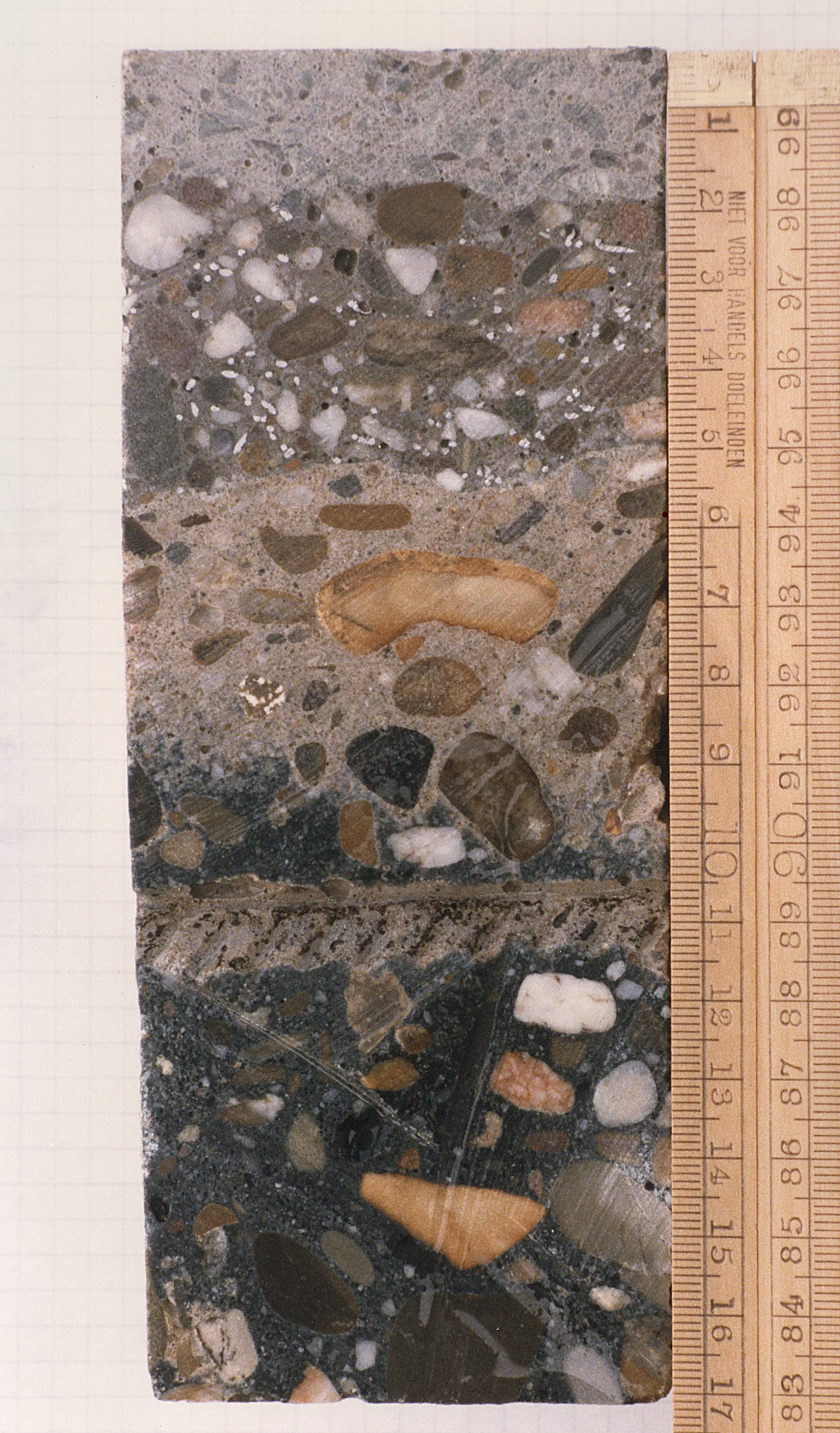
Authors first (1986) flooring problem he had to solve with UHPC, a bonded 20 mm UHPC topping on a very deteriorated concrete floor with several layers of concrete in the corridor of the main warehouse of Royal Hoogovens IJmuiden (today Tata Steel).
Compressive strength or Performance?
For industrial floors and - pavements, the compressive strength of the UHPC is not the most important performance; wear-, impact- and temperature resistance are much more important performance related properties and are often combined with other properties. In general wear-, impact- and temperature resistance can be tailor-made with the use and selection of aggregates (fraction, quality, and properties), reinforcement (dimensions, quality, and properties) and cement. While calcined bauxite is both extremely wear resistant and impact resistant, are silicium carbide and carborundum extremely wear resistant but very brittle. It is thus possible to produce a UHPC with the optimum performance and properties for a specific industrial floor and - pavement. The length of this Blog is unfortunately too limited to give detailed examples of the several, often unique, million square meters UHPC floors and pavements made for 40 years.
Many existing floors are not sound, they have cracks and/or are contaminated with oil, chemicals, etc., or have a topping made from polymer or bitumen or are even underdimensioned for the actual loads. The only correct procedure is to clean the subbase, to remove weak area’s, to repair, etc. or the complete demolishing of the floor or pavement in question. This can be a serious problem for companies that operate 24 hours a day, don’t want to have dust, noise etc., that can not accept a thick overlay or when they need a new topping fast. Because of the unique properties of the UHPC it is possible to design a solution for this kind of problems: a flooring system that can be laid without joints in places where the quality of the existing base is not satisfactory and that can be re-used very fast after finishing.
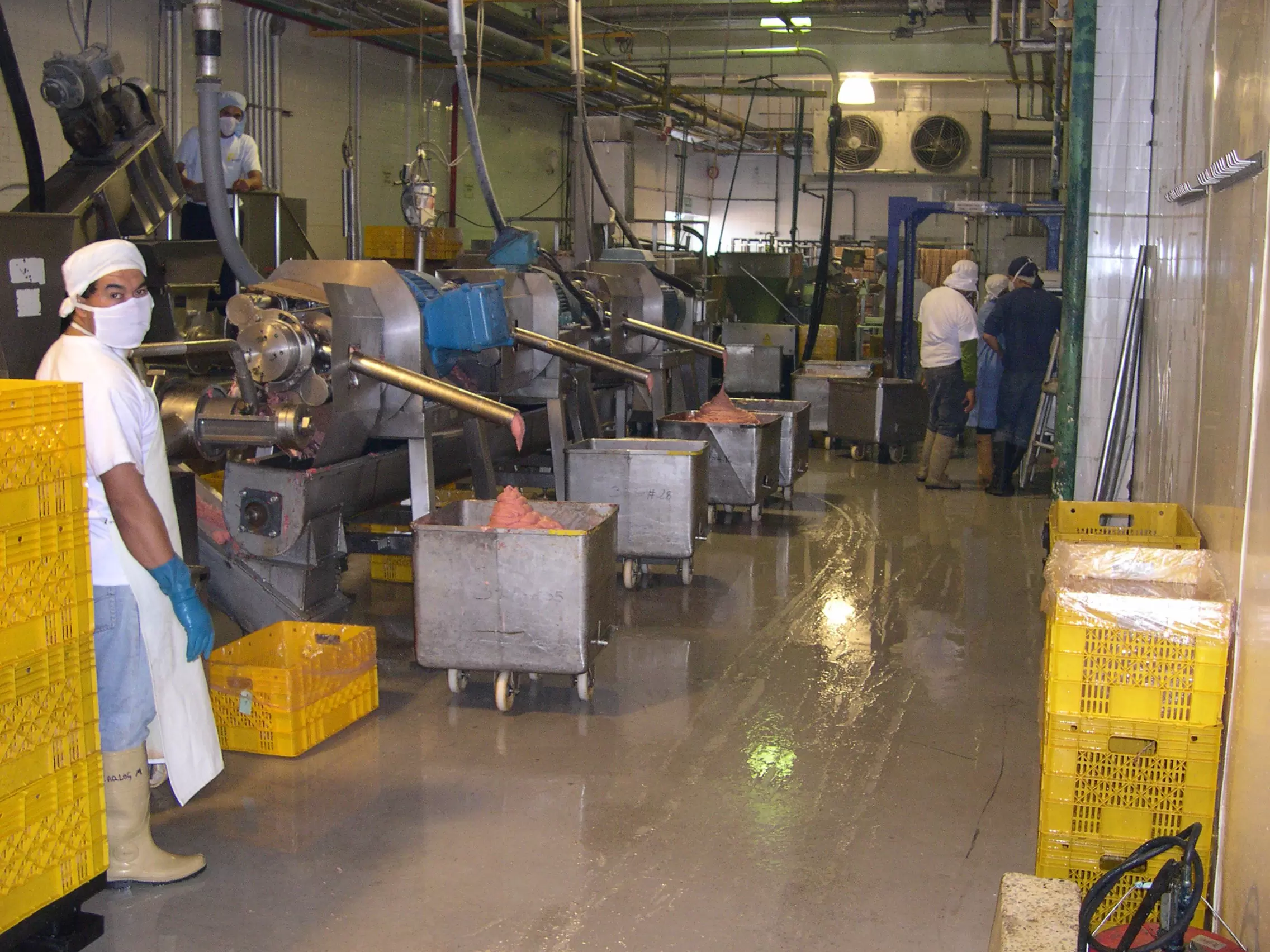
Hybrid reinforced HPC topping (30 mm) directly placed on damaged ceramic tiles in food processing industry in Venezuela with an interruption of only 48 hours (applied in the weekend)

Examples of a range of HPC and UHPC toppings
When we were confronted with specific floor problems in the industry like pollution (oils, chemical, etc.), cracks, weak and even underdimensioned concrete floors, we introduced the Compact Reinforcement Composite principles (Hans Henrik Bache 1986) for industrial floors in the 1980ties. This system is thus a hybrid reinforced topping and overlay which is, when necessary and possible, anchored and/or glued to the subbase. However, already in 1984, a 50 mm thick hybrid reinforced overlay was placed in the cargo area of the vessel Star Skandia on a polyurethane insulation to deal with the high loads, corrosion, water leakage and wear and tear. I further developed this system for floors and overlays and after the unique application (1995-1997) of the very thin hybrid reinforced overlay (20-22 mm) in the cold storage of the Royal FloraHolland Auction, I wrote an article in the Dutch professional journal Cement. Hereafter the Ministry of Infrastructure and Water Management of the Netherlands asked me in 1999 to further develop this unique system as an overlay for the strengthening of orthotropic steel bridges.


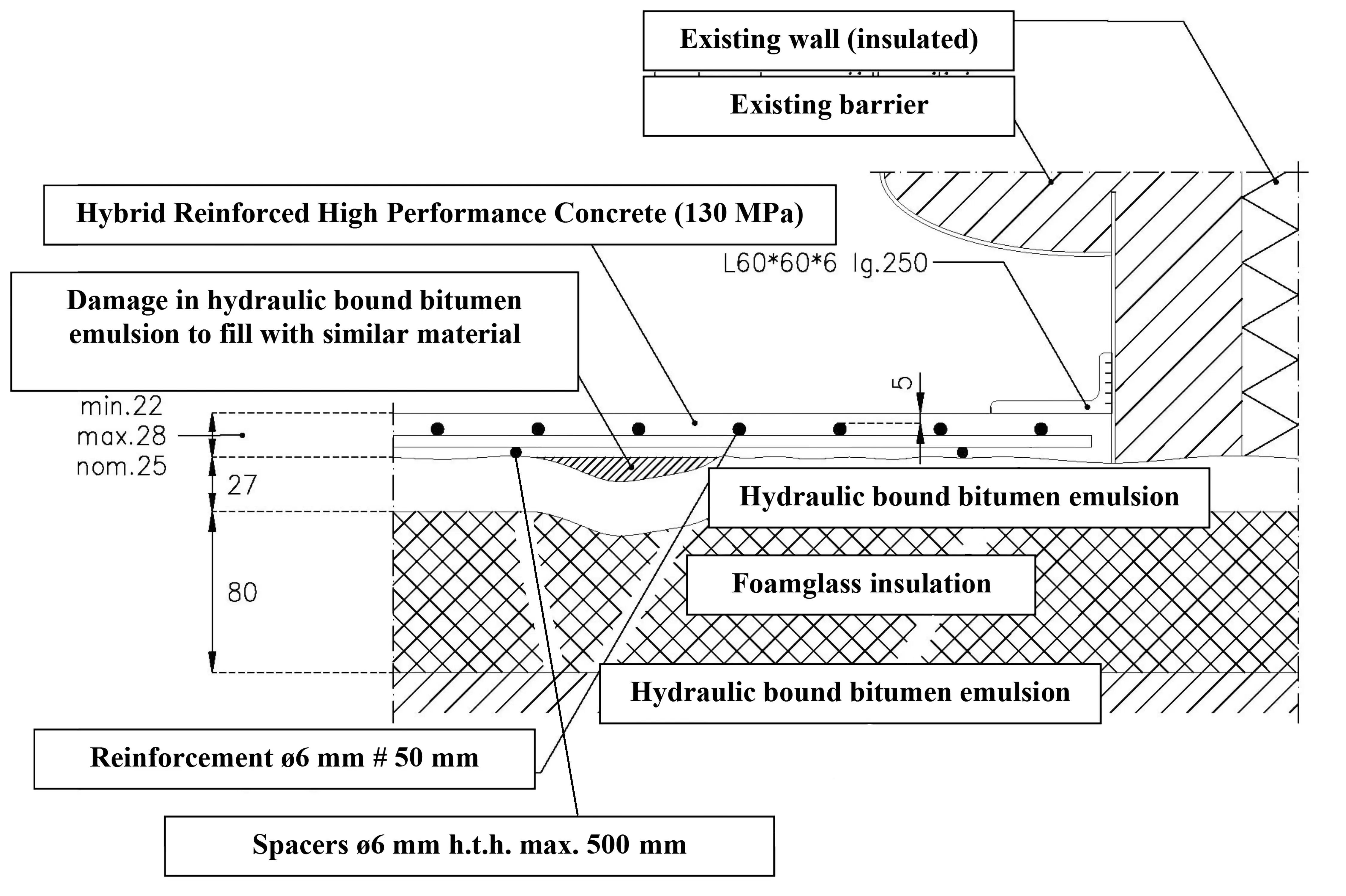
Hybrid reinforced overlay (20 - 24 mm) in the cold storage of the Royal FloraHolland Auction
My thoughts about UHPC floors and pavements: Performance is the key factor!
For 45 years UHPC toppings and overlays with compressive strengths up to 200 MPa have been used for decades in the heavy industry, food- and food processing industry and as a rehabilitation of deteriorated, underdimensioned and cracked floors and pavements. The UHPC toppings and pavements are performing extremely well. However, designing and placing industrial toppings and overlays are a specialism and often many details are involved while success and failure often depends on these details. Further, cement-based products are not like paint with a nice glossy shine at the beginning although skilled craftsmen are able to make beautiful UHPC toppings and overlays. When eager salesmen are overselling and making promises to the client, which are often related to esthetics and technical details, this can result in failures and complaints. This, the lack of knowledge and persistence and the no longer available experienced staff, was one of the main reasons that a once very successful supplier of UHPC stopped promoting UHPC industrial floors and pavements and lost not only its unique knowledge and experience but also a unique market. However, the potential of UHPC for industrial floors, pavements and overlays is much larger than bridges only thus it is worth to re-entering that challenging market again since thousands of m2 floors and pavements need to be rehabilitated in the next decades. I personally learned most from failures of industrial floor and – pavements and failures are, together with persistence, a very important leaning process and a not to be underestimated part of the successful application of UHPC toppings and overlays.
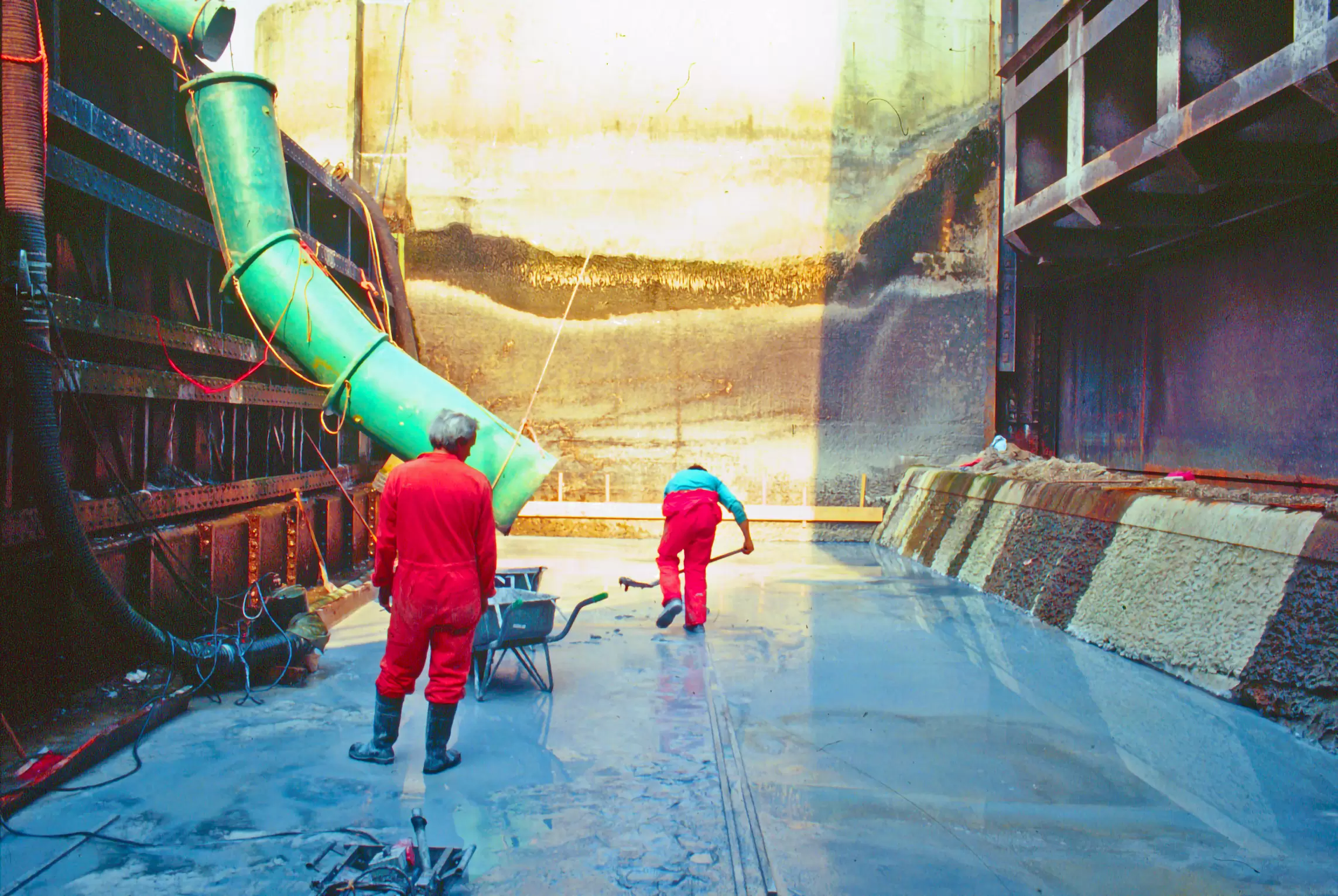
Very successful application of 20 mm UHPC (>180 MPa) topping in sluice and lock complex in the Maas river in the Netherlands in 1986 after extreme erosion of several cm per year.
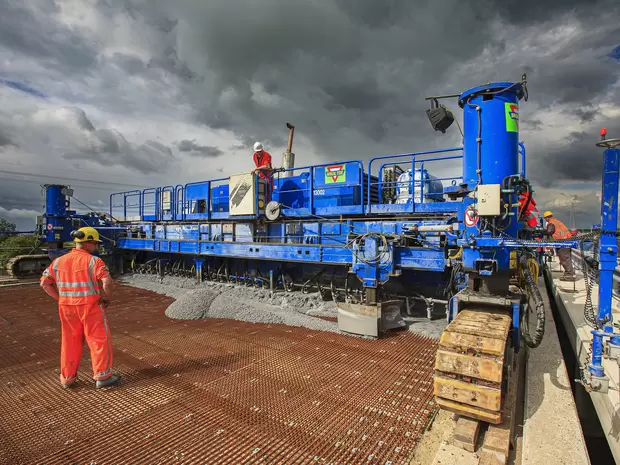
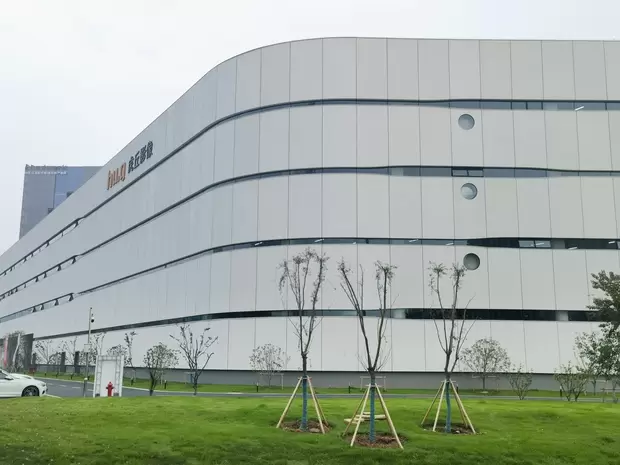
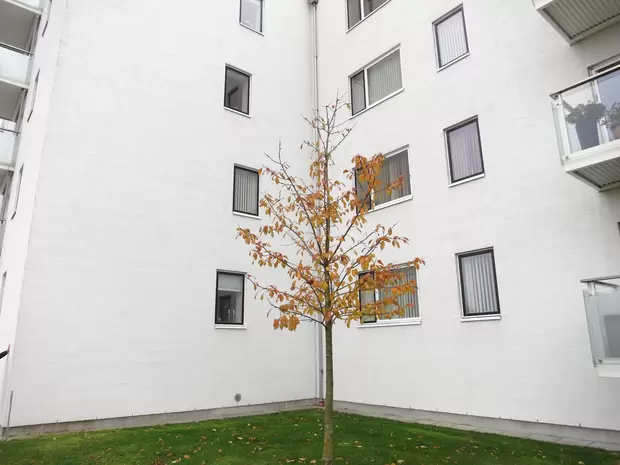
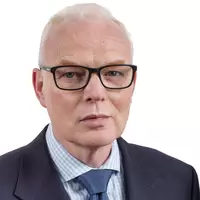
Share on